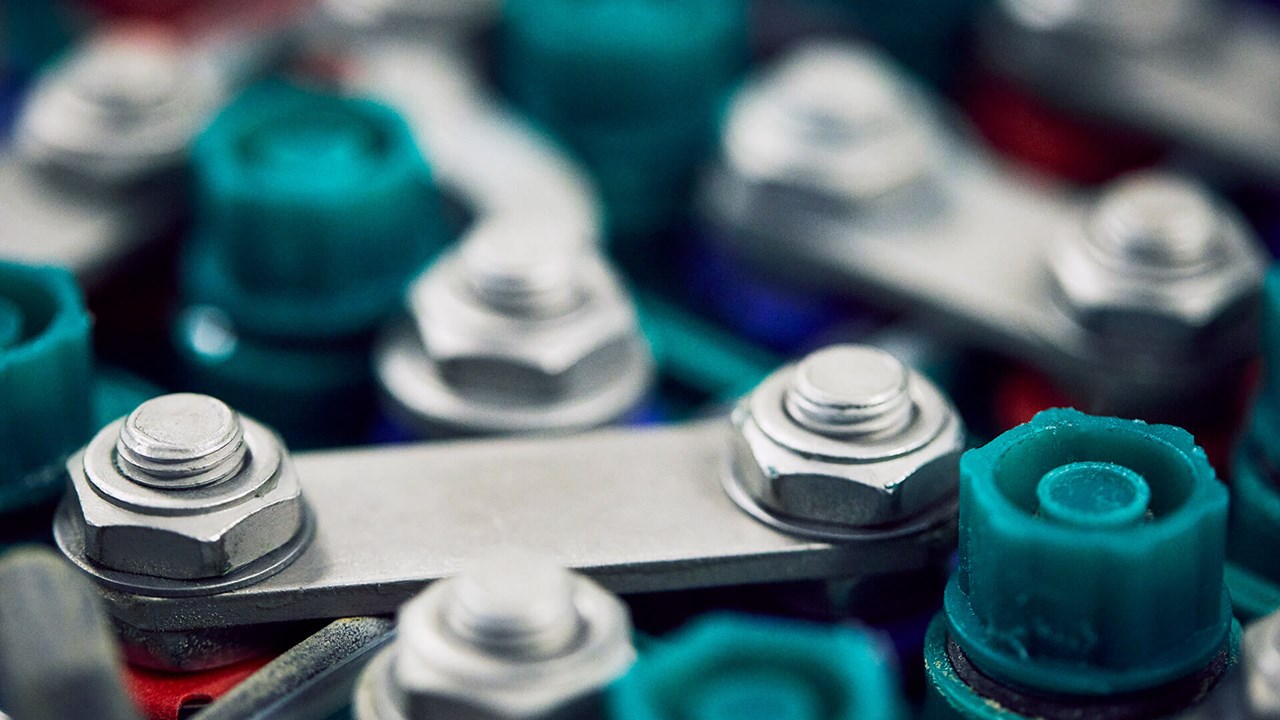Much of the rulebook for proper aircraft battery maintenance and wear-and-tear was developed on the basis of operational flight hours. However, now that thousands of operational aircraft have sat idle in storage for months, are we in uncharted territory? And what does that mean for battery serviceability and the traditional aircraft battery maintenance procedures?
Just a few months ago, you would have been hard-pressed to find someone who could foresee a future in which nearly the entire global fleet would be parked for an indeterminate amount of time. Yet, here we are in that reality, and it has created some challenges for how operators and airlines should consider the maintenance of specific parts of their aircraft.
Aircraft batteries are one such part. Unlike many other aircraft parts that incur wear and tear while in operation, batteries are arguably more vulnerable when they are merely sitting idle. In this article, we will look at some of the factors that airlines should consider in regards to how often they should perform aircraft battery maintenance or replace their aircraft batteries.
RELATED ARTICLE:
Aircraft battery services: What are your options?
The life of an aircraft battery
Anyone who has forgotten to plug in their mobile phone at night only to wake up and find it dead can understand the concept of battery self-discharge. While aircraft batteries are decidedly different, the rules of entropy and diminished-charge still apply. The rate of self-discharge is dependent on the type of battery, state of charge, charging current, ambient temperature and other factors.
In regards to aircraft batteries, OEMs have rigorously researched these factors to determine precedents for determining a battery's serviceable life while in storage. Battery manufacturer SAFT recently released a bulletin addressing the storage recommendations of its batteries, which takes in the factors mentioned above of humidity, temperature and length of storage time.
To dive deeper into the importance of routine maintenance of an aircraft's battery, we spoke with David Bigley, our Heathrow facility workshop manager.
"Typically, an aircraft battery is given a 90-day serviceable life, and within those 90 days, it can be fitted to an airframe," Bigley said. "Beyond those 90 days, it has to go through a top charge in order to be operationally viable."
Now, this 90-day threshold can vary depending on the advice of the battery provider. However, it may be essential to consider that we are currently experiencing an unprecedented lack of aircraft service.
"It could be that current battery serviceability recommendations are based on new battery performance, it really depends on the battery provider," Bigley went on to explain. "However, there are some aircraft out there operating with aircraft batteries that are over a decade old. While still in operational condition, it's probably best to err on the conservative side when it comes to the maintenance of these aircraft batteries.
In the period we are currently in, we are consistently getting a proportionally higher volume of discharged batteries. We believe that operators must be diligent about their aircraft battery maintenance during this time, we could see a lot of airlines trying to start their aircraft and nothing happens–because the batteries are below capacity."

Battery age and type
In addition to whether you have stored old or new aircraft batteries, there is another factor that needs to be considered. What type of aircraft battery is it?
All batteries are subject to the laws of entropy and will begin to self-discharge as they sit idle, whether Ni-Cd (nickel-cadmium), Li-ion (Lithium-ion), or lead-acid, but these types of battery differ considerably in replacement cost. Li-ion can run almost five times the price of a Ni-Cad, with Ni-Cad still factoring in the thousands of dollars.
"95% of civilian platforms are running Ni-Cad," Bigley said. "The only Li-ions that we deal with are the A350 and the Boeing 787. Ni-Cad tends to be more robust, whereas Li-ion has greater power output. Regardless, both are subject to losing their change as they sit.
"The main takeaway that airlines should consider is this: Before they go back into service, aircraft batteries always need to be maintained and re-certified. And since none of us know how long this lockdown will last, if airlines maintain their current batteries properly during this period they will have to buy fewer new ones when the aircraft can once again re-enter service."
The Satair Takeaway
We are currently in an unprecedented situation in which aircraft and their batteries are sitting idle for much longer than they are intended to. While factors regarding how often to recharge, repair or replace those batteries are subject to factors such as age, type, and OEM recommendations, it is important to remember that we still have no indication on how long the majority of aircraft will remain grounded. While you could play off the guidelines specific to your aircraft's battery, it may be more advisable to err on the side of caution and have your aircraft batteries routinely checked and serviced so as to prolong their life through this lockdown period.
Learn more about our specific battery services here or go directly to our Satair Market to procure the batteries that you need to get your aircraft back in the air.